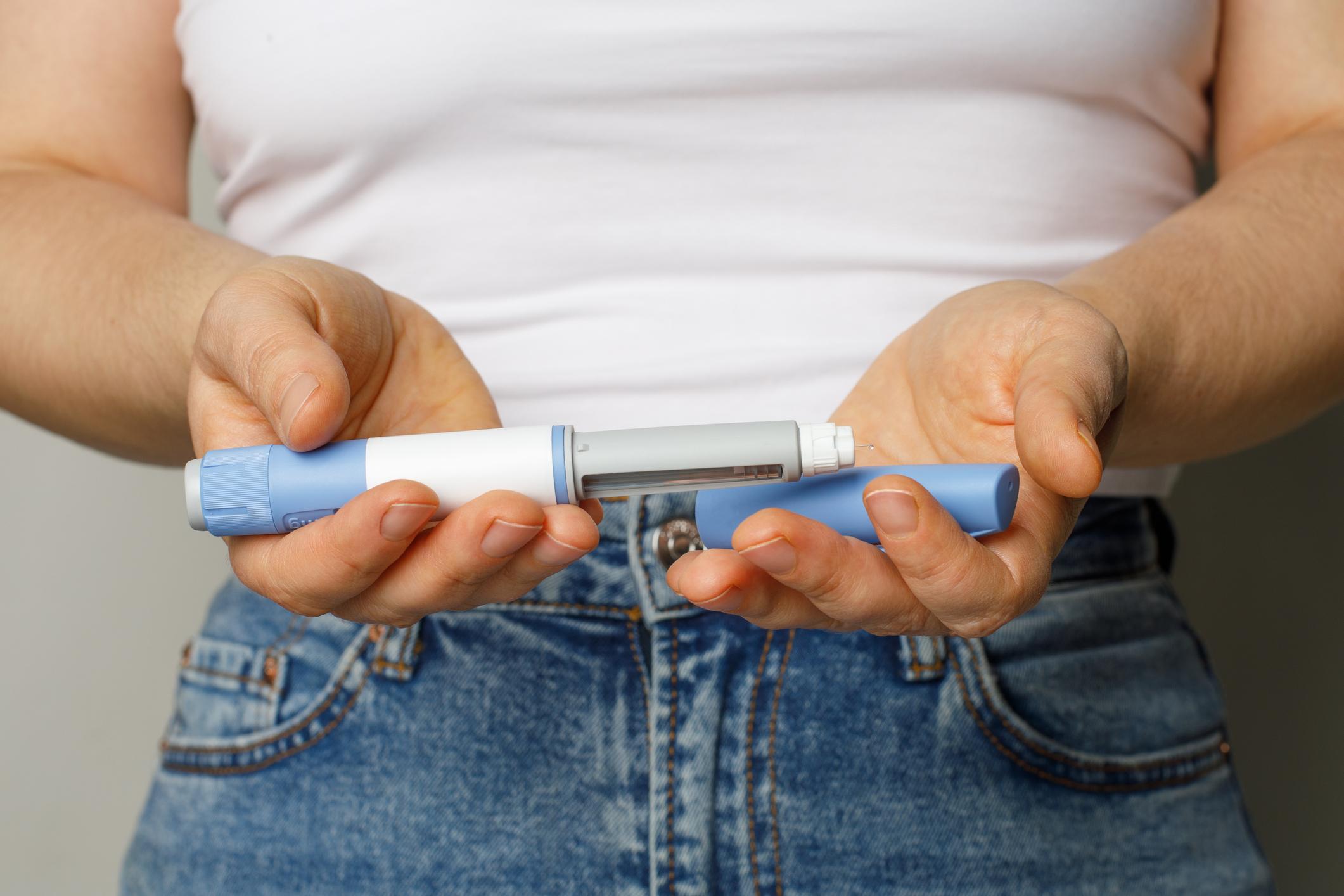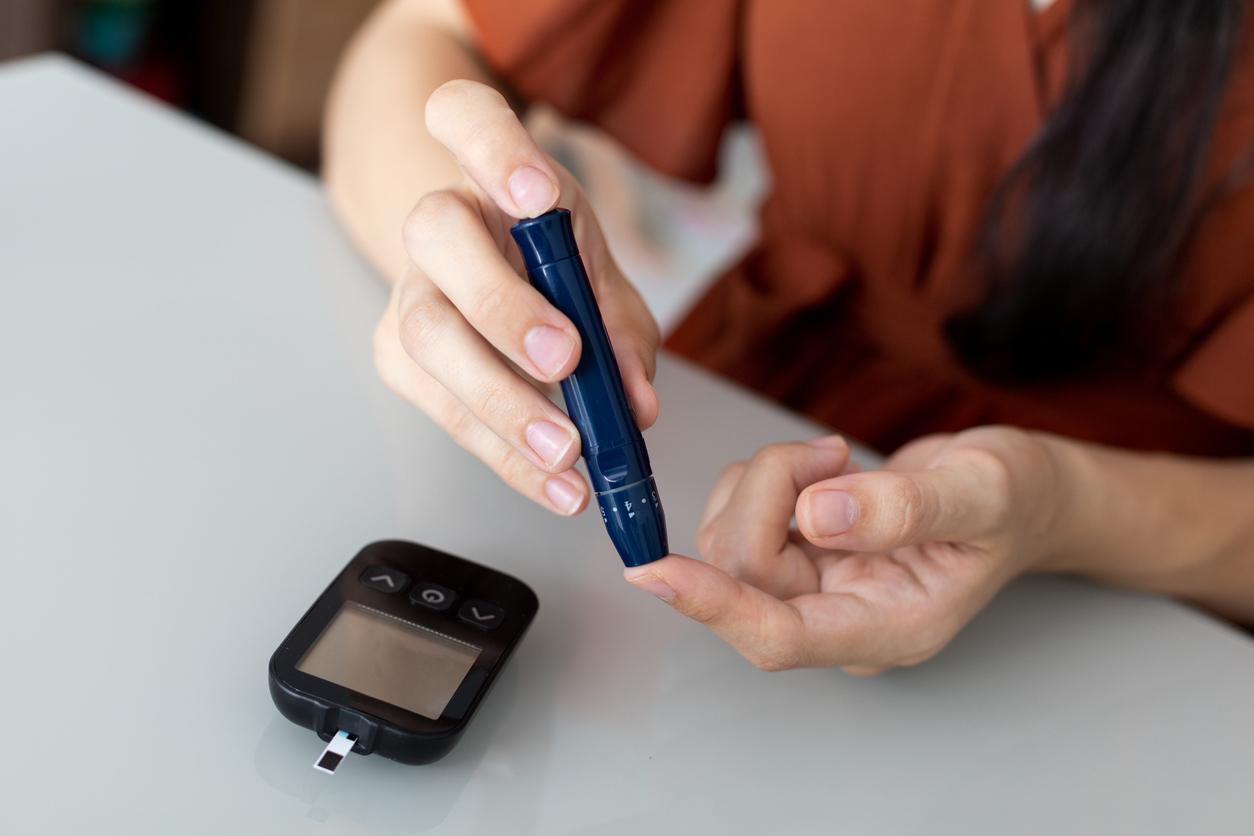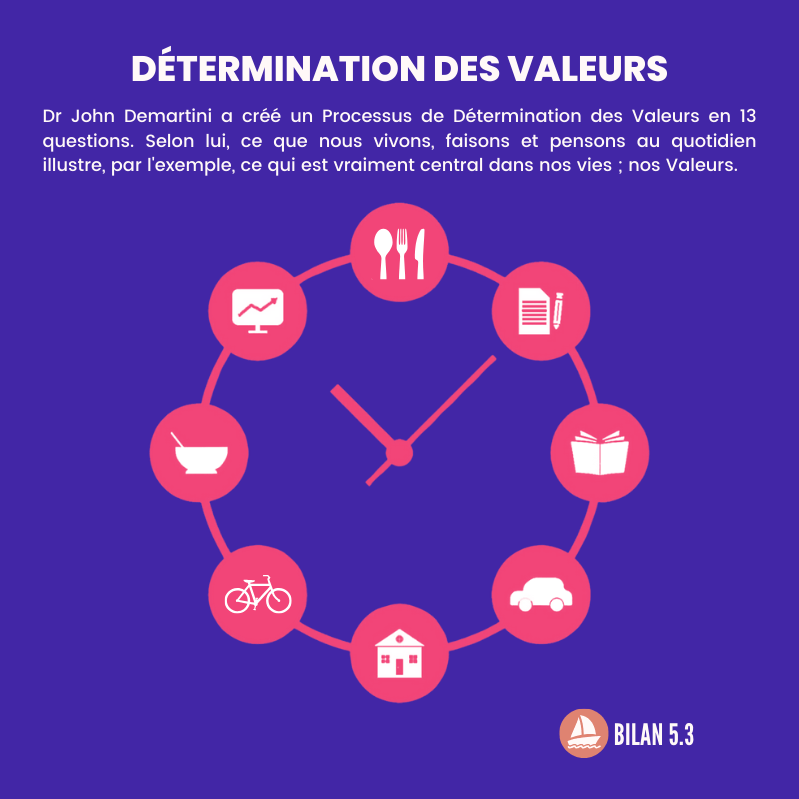
Go for a healthy lifestyle
More and more people are being diagnosed with type 2 diabetes. With the right lifestyle adjustments, you can often live with this very well. According to biologist Marian Bosma, these lifestyle changes can also prevent the development of type 2 diabetes. She answers five frequently asked questions.
1. Which factors increase the risk of type 2 diabetes?
“It is not always clear when someone will develop type 2 diabetes. However, there are factors that have a predictive value for developing type 2 diabetes.
Some factors are beyond your control:
- Heredity: type 2 diabetes in father, mother, brother or sister gives a higher chance.
- Origin: with ancestors of Turkish, Moroccan, Hindustani or Surinamese descent, the chance is greater.
- Age: As you get older, the chances increase. This may have to do with less movement. Type 2 diabetes used to be known as old age sugar.
- Pregnancy: After gestational diabetes or giving birth to a child who weighs more than 9 pounds, there is a higher chance of developing type 2 diabetes later on.
You can influence other factors:
- Overweight: a BMI of 25 or higher indicates a higher risk. In addition, the higher your BMI, the higher the chance.
- Overweight with belly fat: for men there is an increased risk if their waist circumference is greater than 94 centimeters, for women this applies from 80 centimeters.
- Little movement, for example if you have a sedentary job and travel by car.”
2. What can you do to prevent the development of type 2 diabetes?
“That’s actually very simple: reverse the risk factors:
- Work on a healthy weight.
- Move enough.
- Get a good night’s sleep.
- Relax regularly.
These last two actions help to maintain a healthy weight and stable blood sugar.”
3. How does this manifest itself in practice?
You can address each risk factor:
- Lose weight slowly if you are overweight. It is more important that the weight stays off than that you lose weight quickly. Choose foods high in fiber, such as vegetables and legumes. Combine with food in which nature is still visible, such as water, fruit, eggs, nuts, fish, meat and chicken. Avoid foods that cause rapid blood sugar spikes: for example, sugary drinks and juices, sweeteners, biscuits, sweets, white bread, toast, pasta, sweet spreads and desserts.
- Exercise for 30 minutes daily until your breathing is slightly accelerated. Choose activities that you enjoy and do movements that suit your fitness.
- Make sure you can sleep well. Make the bedroom dark and quiet. Pay attention to finishing the day so that you go to bed with a clear head.
- Learn to relax. Doing a relaxation exercise every day will make it easier.”
4. Does this also apply to type 1 diabetes?
“In type 1 diabetes, another mechanism plays a role, namely inflammation that stops insulin being made. There is some evidence that a grain-free diet may stop the development of type 1 diabetes in the first year of its discovery. research is still in its infancy, but the advice for a healthy weight, sufficient exercise, a good night’s sleep and regular relaxation is of course good for everyone.”
5. Are these lifestyle changes still useful if you have already been diagnosed with diabetes?
“Yes, with these advice it is even possible to get rid of type 2 diabetes. A large part of diabetics can return to healthy blood values without medication. It does not matter whether someone is taking tablets or injecting insulin. the diet together with medication can quickly lead to a hypo, so discuss in advance with your GP or practice nurse how the medication can be adjusted.”
Marian Bosma is a biologist and has more than 15 years of experience as a healthcare consultant. She wrote the online course ‘Living diabetes-free’ for people who want to get started to lower their risk of type 2 diabetes.














